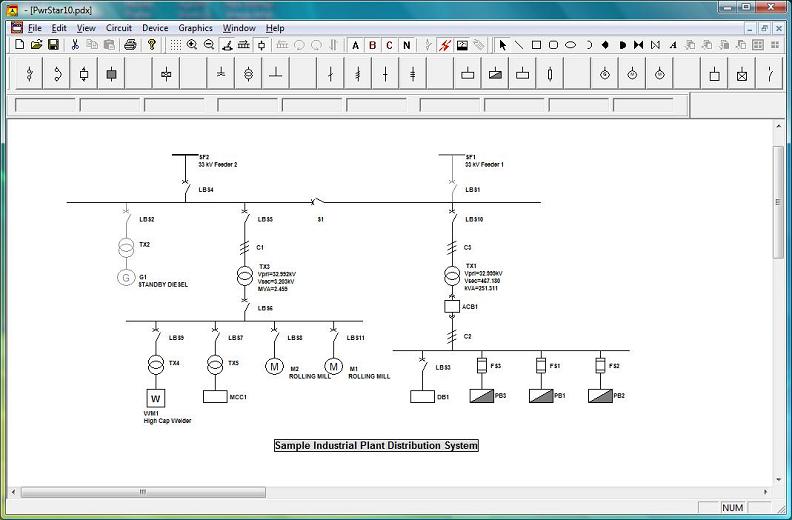

- Electronic engineering calculator software how to#
- Electronic engineering calculator software software#
The first design hurdle you need to decide is what technology level do you wish to do this at? With or without a microcontroller (a largely self-sufficient microprocessor), discrete logic (e.g.

I believe this can be a good first learning project, but it is non-trivial, and you will have to learn quite a bit along the way, as well be patient as the project includes quite a number of sub-projects to tackle along the way.

Mine ran 1MHz and was able to beat casio_991MS(in terms of decimal precision and multiplication and division). my calculator was ready(I named it BUB!). I did my work in assembly so there was no 'FLOAT datatype support' and I ended up implementing my custom data-type (BCD based datatype for maintaining 15 digit decimal precision it was a huge waste on RAM though!).Īll this done and Voila. When able to take input and produce output, started parsing in decimal numerals and operators, then i parsed expressions and read about Infix, Postfix and Prefix methods. I used AVR Studio 4 as IDE and a home-baked lpt based 'ISP' programmer for flashing hex into AVR. I chose to program in assembly(to learn), matter of personal choice. Power supply(LM7805 regulator with 9volt battery)īreadBoard( make PCB after it starts to works) 10 keys for numerals, 4 for operators, one for '=', and one for 'reset/refresh') If you can provide more information as to what you are thinking, a box of nand gates or microcontroller based solution or were you thinking about something else?
Electronic engineering calculator software software#
parts of it will be much easier than the equivalent software solution, some parts will be a bit harder than a software solution. THEN, reduce all of this into a single microcontroller without the uart stuff in the middle.Īnother alternative is to get one of the rs-232 fpga boards from or the lattice brevia (is that big enough?) or a number of others, then work on each of the functional blocks using an RTL language. Then figure out what to do with buttons, find an array of buttons, feed those into the third microcontroller somehow, debounce, and have that turn into uart out of 0 - 9, +, -, = to the math microcontroller. Output from the math module would echo input numbers and print results when = is sent in, etc. Next take another microcontroller, use your uart in and out experience and work on the core math engine, from your computer feed it 0 - 9, +, -, = at first then add multiply and divide and then floating point if you are brave enough for that (or have a library that fits). Use the uart receiver to receive things to put on the display then using a dumb terminal (putty, hyperterm, minicom) from a computer feed stuff in and make sure it works.
Electronic engineering calculator software how to#
I would then learn how to use the uart on the microcontroller which often starts with blasting bytes out, then later receiving and echoing. Take one microcontroller board hook it up to the lcd panel and learn how to put characters on the display. Buy a simple two line lcd panel, earth lcd used to be a good place, perhaps just go to sparkfun. A number of folks will steer you toward the arduino, and that is a fine platform as well, it has its pros and cons, i wouldnt go with it as my first microcontroller. If you are choosing to go with an fpga or possibly even discrete logic, you might want to use verilator or icarus verilog or ghdl to work on the core math and interface modules.Īs an educational project what I would do is get a few msp430 launchapads, under 5 bucks each or The STM32 value line discovery (the stm32/arm based one not the other one) for around 12 bucks each. A non-trivial task if you have never programmed before. For example if the core math engine is actually software on a microcontroller, one task would include writing some C functions on your desktop computer that you can feed keystrokes and output characters that will ultimately go to the display. There is the decision of how you want to implement this are you interested in making it from a big box of nand gates or want to take a microcontroller or other processor and write software? Are you interested in using an fpga and doing all of the math in RTL? You need to break the problem down into those components and work/learn one component at a time and then join them together. Another is writing characters to a display. There are many educational sub projects to worry about.


 0 kommentar(er)
0 kommentar(er)
